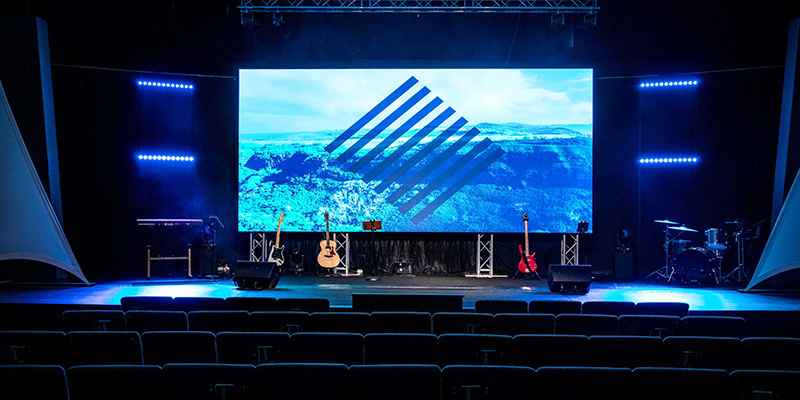Perfecting the Art of Hue Adjustment for Stunning Imagery on LED Screens
Wiki Article
Hue tuning is an essential process for achieving stunning visuals on LED walls. LED walls are widely used in various settings, such as concerts, conferences, and advertising displays. These walls are made up of numerous tiny LED lights that produce pictures and footage. However, if the colors are not calibrated properly, the images can look flat or warped. Hue tuning guarantees that the colors displayed on the LED wall are accurate and vibrant, enhancing the complete watching encounter.
The initial step in color tuning is understanding the color space. Color spectrum refers to the scope of hues that can be displayed on a display. Various equipment, such as cameras and monitors, may use different color spaces. Common color spaces include sRGB, Adobe RGB, and DCI-P3. Knowing which color space the LED wall uses is crucial for accurate tuning. This knowledge helps in adjusting the colors to align the desired output, guaranteeing that the images appear as they were intended to be viewed.

Next, using a color tuning device is essential for achieving accurate outcomes. These devices can be physical devices or program applications designed to measure and adjust hues. A color measurement device is a commonly used physical tool that measures the colors displayed on the light-emitting diode screen. It offers data on how the hues look compared to the standard values. By using this data, adjustments can be made to the LED wall configurations, such as luminosity, differentiation, and color balance. This process helps in aligning the displayed colors with the desired hue standards.
Another important aspect of color calibration is surrounding illumination evaluation. The illumination in the surroundings where the light-emitting diode screen is situated can significantly affect how colors are perceived. For instance, bright ambient light can wash out colors, making them appear less vibrant. Therefore, it is essential to evaluate the lighting environment before tuning the light-emitting diode screen. Modifications may need to be made to the screen's brightness and differentiation settings to compensate for the ambient light. This ensures that the colors remain vivid and true to their intended appearance.
Finally, regular maintenance and re-tuning are essential to maintain the LED screen led display color performance performing at its optimal. Eventually, the hues on the light-emitting diode screen may deviate due to elements like wear parts or variations in the surroundings. Consistently scheduled tuning assist to preserve color accuracy and uniformity. It is also advantageous to maintain a log of tuning configurations and results. This documentation can assist in identifying patterns or issues that may arise, allowing for prompt modifications. By focusing on hue tuning, operators can guarantee that their LED walls deliver stunning visuals that captivate audiences.